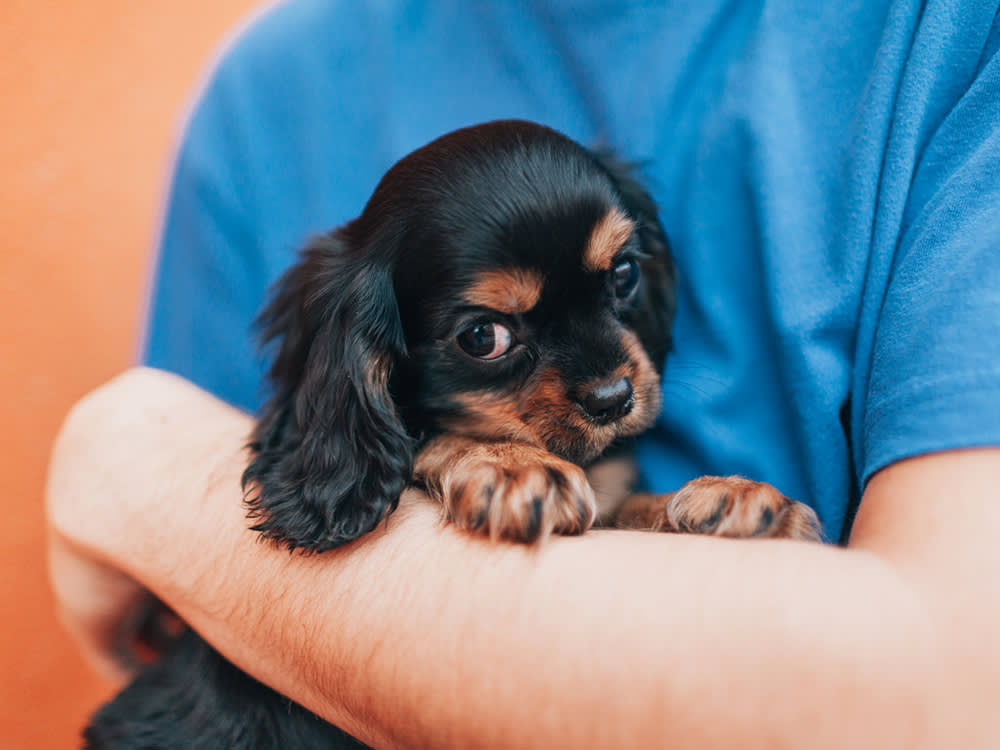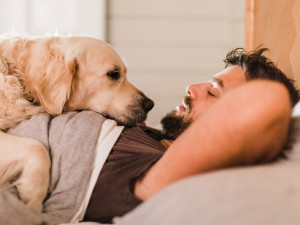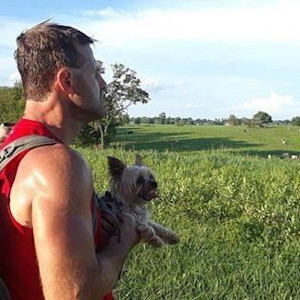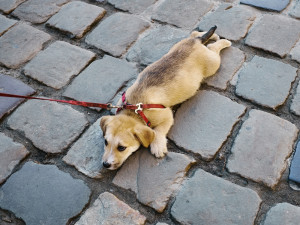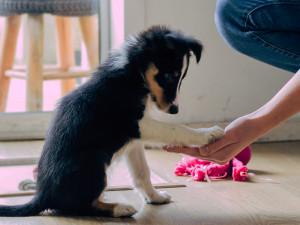Baby Face: The Allure of Cute Dogs
The evolutionary advantage of Kindchenschema for animals.
My dog Millie, a five-pound Yorkshire Terrier, and I do almost everything together. We hike, camp, watch sporting events, grocery shop, spend all day at the bookstore and visit research labs. Everywhere we go, people are attracted to her; they want to hold her, pet her or just say hi. Why do so many people think she is so cute? Is she perceived as cute because of her looks or her behavior? As it turns out, cuteness is influenced by both physical attributes and behavior, factors that affect the perception of cuteness in a variety of animal species.
The science behind Kindchenschema.
Like many infant animals, babies and puppies have several things in common: large heads, round faces, big eyes. These appealing traits have a name: Kindchenschema (baby schema). A concept introduced by Konrad Lorenz in 1942, baby schema is defined as “a set of infantile physical characteristics ... [that] motivates caretaking behavior in other individuals, with the evolutionary function of enhancing offspring survival.”
Research by Kringelbach and others suggests that this baby schema may extend beyond physical characteristics to include “positive infant sounds and smells.” It’s not hard to imagine that these findings could also be applicable to puppy whimpering and barking, and that unmistakable puppy odor.
A preference for kindchenschema occurs early in human development. In a studyopens in new tab, researchers used eye tracking to determine that both children and adults looked longer at pictures rated high in infantile characteristics than at those rated low. This held true for pictures of humans, cats and dogs. And as research by Dekay and McClelland has shown, humans like animals who appear more humanlike; our concern for the well-being of a species correlates strongly with the species’ similarity to ourselves.
How much do you spend on your pet per year?
This partially explains why pet parents have a tendency to anthropomorphize their companion animals. I often talk to Millie as though she can understand every word, and I put her in her bed and arrange everything for her comfort, much as I did for my son when he was small. Some persist in treating their dogs like children even when it clearly aggravates the dog. Although it might not bother all dogs, most dogs you see wearing cute clothing and bows in their hair would probably prefer no clothing or no bows. (When groomers put a bow on Millie, she has a fit and usually manages to remove it on the car ride home.)
Behaviors such as handshaking, rolling over, speaking on command or engaging in unusual tricks also influence our perception of a dog’s cuteness. Conversely, specific behaviors can also detract from a dog’s cuteness quota. Excessive barking, aggression or chewing everything in sight tends to diminish our perception of exactly how cute a dog is.
Why are dogs so cute?
This biological hardwiring has an evolutionary advantage. The human response to cuteness includes protective behavior, a willingness to care for the animal and increased attention, all things that can be good for the dog. Initially, I became interested in cuteness and its influence on humans after talking with a researcher at Eastern Kentucky University who studies perception. His work focuses on the affect of canine head tilt on a dog’s “cuteness” rating. One of the things he’s found is that the same dog can receive different ratings depending on the degree of tilt.
In another studyopens in new tab, participants were asked to rate the attractiveness of pictures of puppies ranging from newborn up to seven months. Three breeds (Jack Russell Terrier, Cane Corso and White Shepherd) were studied using 13 pictures of each breed. All pictures showed the dogs’ heads close up and in the same basic posture. The Jack Russell Terrier was considered most attractive at seven weeks old, the Cane Corso at six weeks and the White Shepherd at eight weeks.
Having optimal cuteness around the age that puppies are weaned and their mothers lessen parental care matches the hypothesis that puppies being their most adorable from the human perspective has an adaptive function. That function is to encourage adoption and care by humans just when the mother dogs are winding down their care of the puppies. One way to maximize the chance of human care is to look their very cutest at just the age when they transition from being cared for by their mother to being cared for by people. This finding may help explain how it is that puppies evolved to receive human care so extensively.
This type of research has direct application to the dog adoption process. As mentioned, cuteness induces protective behavior, which often leads to positive human-dog interactions. It follows that these feelings may result in a decision to adopt the dog who elicits them and to overlook those who don’t.
Because the well-being of dogs is heavily dependent on their relationships with humans, it’s important to understand that these often-unconscious biases affect our choices. There’s nothing wrong with loving a cute dog—as I do Millie—but dogs of all sorts need love, and their value should not be determined by how cute we think they are.
